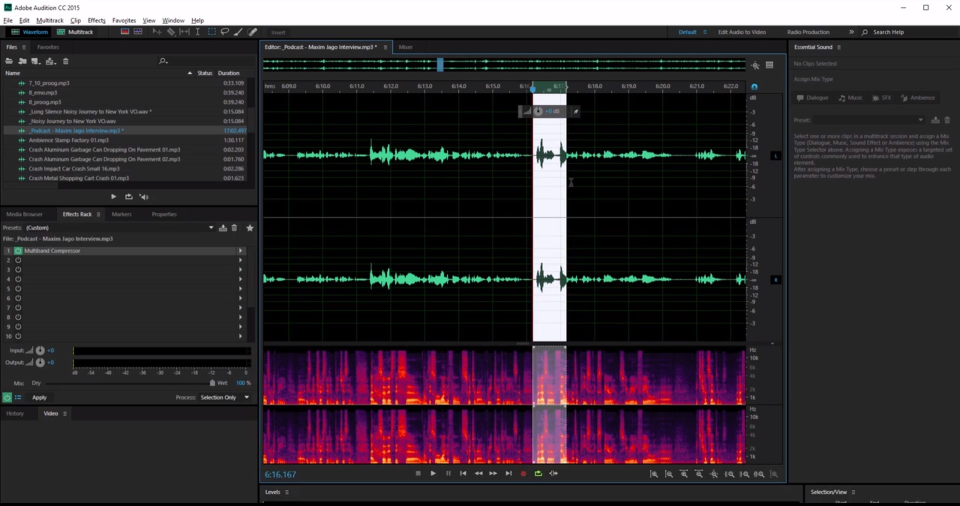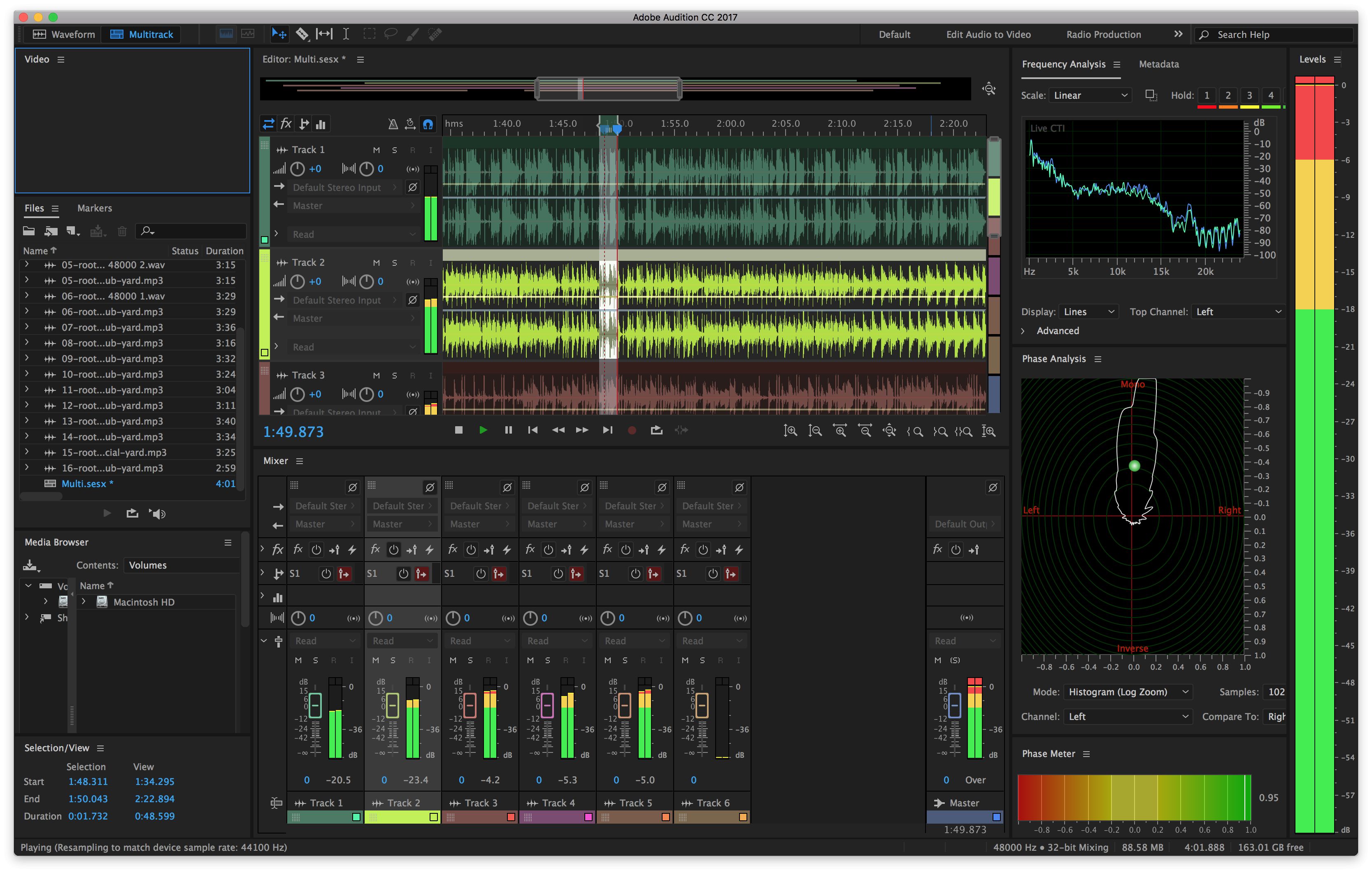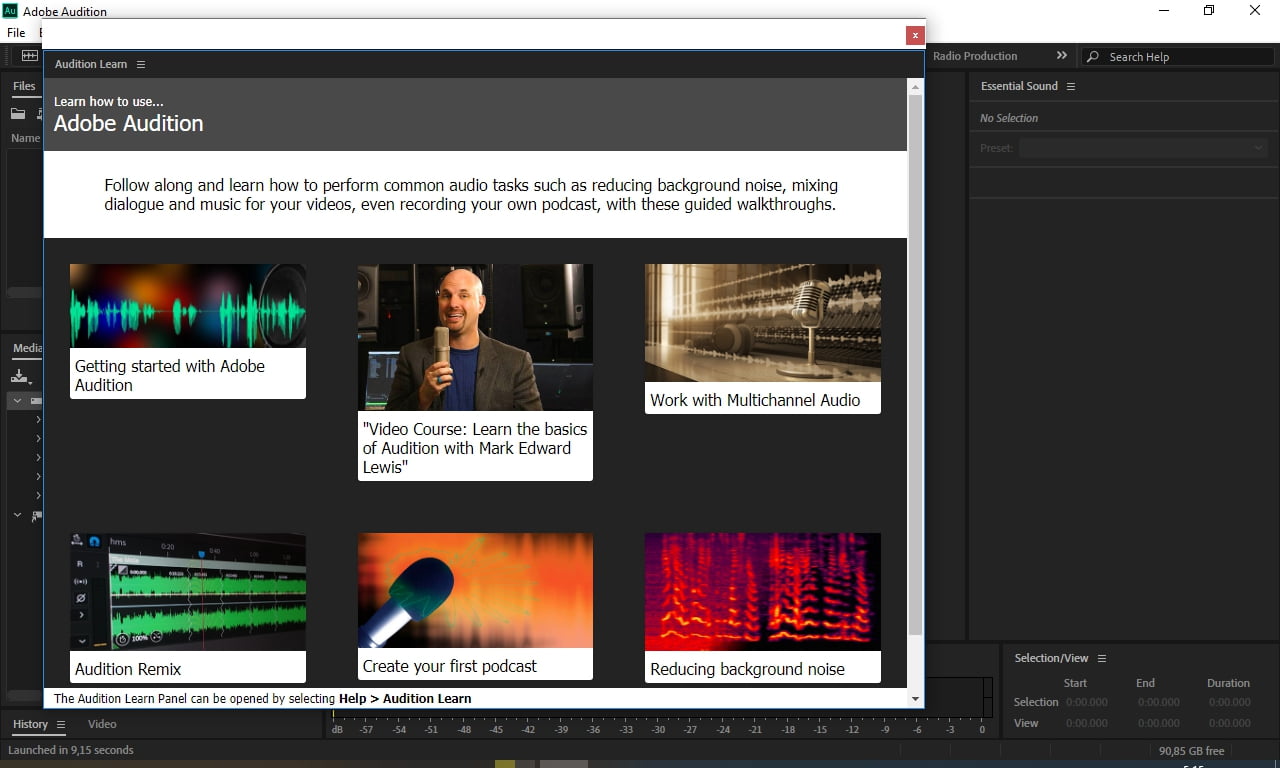
The creative possibilities stuffed into Audition 3 are endless. Performance at a glance Improved editing features In the workspace menu, several pre-defined options allow the user to optimize his desktop, specific to his task.ġ 2 Next Field Report: Adobe Audition 3.0 Also, currently open files, favorites and Audition’s onslaught of effects are examples of the tabs found in a dockable panel next to the audio file timeline workspace. The Favorites tab allows the user to insert his most commonly used tasks, and then give the tasks a friendly name.
#Adobe illustrator 8 core software#
After working with non-linear software for an extended period of time, the engineer picks his favorite processes and docking preferences. ID3 v.1 tagging is supported when creating CDs, so metadata such as artist, album, year and genre will appear on other media players.Ĭompression and acoustic effects are popular processes in radio production. Audition 3 also makes extracting or ripping audio from CDs a snap, eliminating the need to real-time CD material. This feature is perfect at the end of a session when several unsaved files need to be collected, using a specific naming strategy, into one common folder.

The Save All Audio As function allows the user to save multiple files into the same destination folder, using the same naming template and file format in one step. This is useful when working on intros and outros.Īdobe Audition 3 has a very intuitive layout. Top/Tail view, (in the waveform edit view) only displays the first and last 10 seconds of a clip. For example, since most envelope editing only creates fades and crossfades, Audition 3 has introduced dedicated fade handles in addition to the traditional volume envelopes, to quickly apply a fade to a single track, or automatically crossfade between two clips in multitrack view. The goal in Audition 3’s development was to achieve a more efficient workflow. New users to Audition 3 will notice a very intuitive layout. The channel strip is similar to a channel strip on a standard mixing console. In conjunction with the VST effects, sends, buses and channel strips are loaded onto the mixer panel in multitrack view. Audition 3 puts the entire studio on the screens (a dual-monitor configuration is highly suggested). Most sound engineers are accustomed to patching and recording equipment. CD View provides a handy interface for assembling and burning CDs.Ī major accomplishment of Audition 3 is the simulation of familiar studio recording techniques. Both edit view and multitrack view have their own dockable panels, depending on which features the user wishes to have open. Audition 3’s dockable panels, such as the time display, transport buttons and zoom controls make all user-defined displays available on screen. Sends and buses route effects and other processes in real-time using VST (Virtual Studio Technology) and familiar multitracking techniques like punching in are available. Multitrack view is used to include music beds and sound effects, for example, with a voice track. Multitrack view on the other hand, displays multiple tracks and file changes are non-destructive, allowing for increased flexibility. Waveform edit view is handy when recording a simple voice-over clip.


For example, if reverb effects are applied and saved, the file is permanently changed. Waveform edit view uses a destructive method when editing files. What it looks likeĪudition 3 is primarily divided into three views: waveform editing, CD and multitrack. Now, Audition 3 includes a MIDI sequencer, added editing efficiencies and spectral tools that are a bigger part of the audio crafting arsenal. Later, Audition 2.0 gave users an overhauled mixing engine with the added features of sends and buses, putting studio routing techniques on-screen.
#Adobe illustrator 8 core pro#
In 2003, Adobe acquired Syntrillium and replaced Cool Edit Pro with Audition 1.5, essentially adding the spectral display. Cool Edit was originally developed by Syntrillium in the 1990s, offering affordable and flexible desktop audio editing. Most folks in the radio industry know something about Cool Edit Pro. Plus, it doesn’t require an over-achieving audiophile! A little history Without a doubt, the new software suite gives five-figure production results at a three-figure price (less than $400). However, this saying is de-bunked by Adobe Audition 3, released in November 2007. The old adage “you get what you pay for,” is for the most part true.


 0 kommentar(er)
0 kommentar(er)
